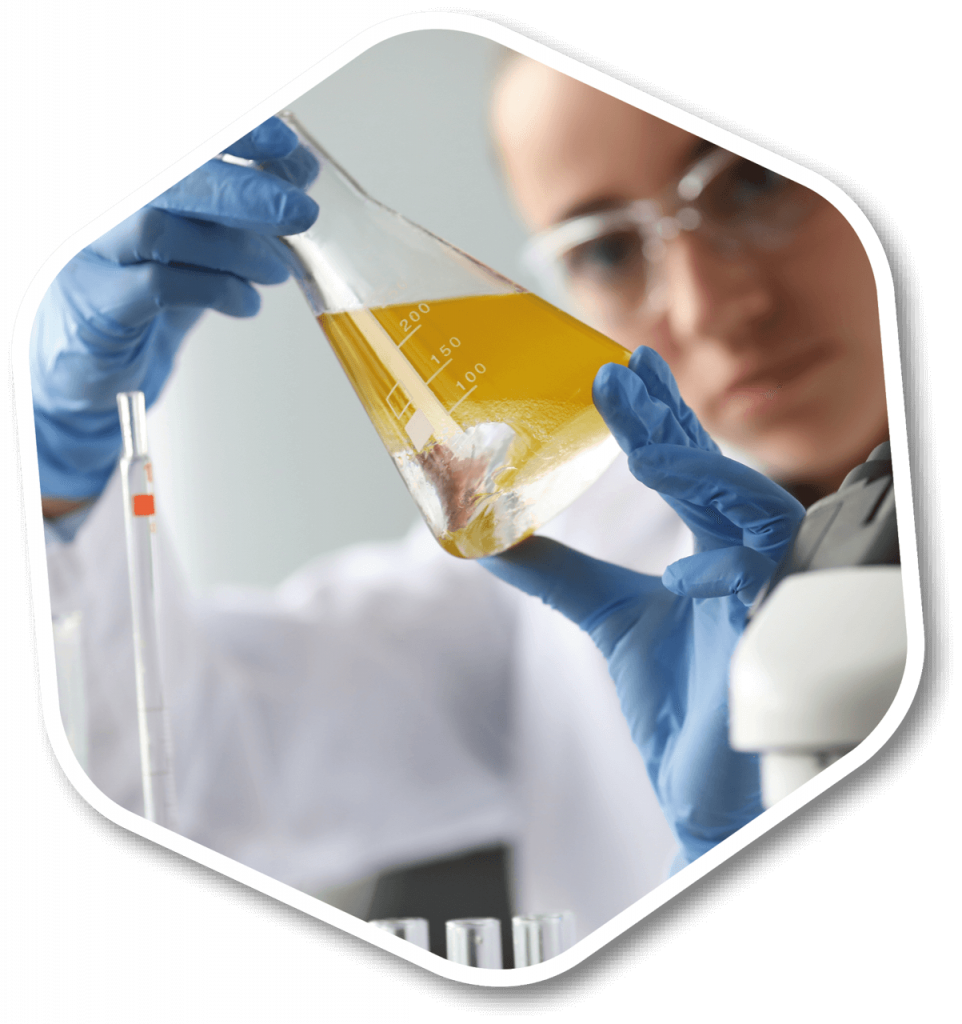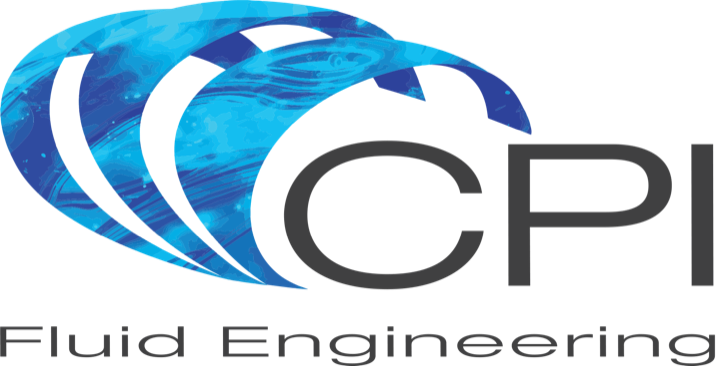
Frequently asked questions about low gwp
What does the term GWP mean?
GWP stands for global warming potential. It is a measure of the amount of heat absorbed by any greenhouse gas in the atmosphere, as a multiple of the heat that would be absorbed by the same mass of carbon dioxide.
Carbon dioxide has a GWP of 1. The higher the GWP, the higher the potential for global warming.
What factors do original equipment manufacturers (OEMs) need to evaluate when considering the use of lower GWP refrigerants in their compressor designs?
Since no single refrigerant can possibly operate efficiently across all refrigeration and AC applications, a multitude of factors must be considered. At a basic level, OEMs need to consider the temperature range, application type, and unique operating conditions of a particular compressor system. Other considerations include safety class designation of the refrigerant, compressor and equipment performance and reliability, and total system cost. Obviously, the net environmental impact plays a crucial role in the decision-making process.
How do different refrigerants compare in GWP values?
The GWP values of refrigerants vary greatly. The table below shows a sample of popular refrigerants in use today and their GWP values.
| Name | GWP |
|---|---|
| R507 | 3,985 |
| R410A | 2,088 |
| R22 | 1,810 |
| R134a | 1,430 |
| R32 | 675 |
| R515B | 299 |
| R290 (Propane) | 4 |
| R1234yf | 4 |
| R744 (CO2) | 1 |
| R717 (Ammonia) | 0 |
Why would customers want to partner with CPI Fluid Engineering in the low GWP space?
CPI Fluid Engineering has been formulating innovative lubricant & fluid solutions for over 50 years. As the refrigeration industry’s Low GWP navigation Partner™, we aim to enable the adoption of low GWP refrigerants utilizing our resources to create a more sustainable future. Partnering with CPI offers unique advantages to our customers and industry partners. We maintain the agility of a small to medium-sized company, while leveraging the resourcefulness of Lubrizol. This combination allows us to adapt to changing
market demands by leveraging the facilities, equipment, expertise, and human talent required to meet new challenges.
Our breadth of technical excellence reaches across a variety of fields. CPI not only has a fully equipped refrigeration lubricant lab capable of performing all the specialized industry testing including sealed tube stability (ASHRAE 97), floc point, miscibility, and Daniel plots (Pressure-Viscosity-Temperature – PVT), but also has wet method capabilities to analyze any lubricant sample for degradation. CPI can also analyze a variety of new and used lubricant samples using a variety of advanced techniques, including, NMR, IR, ESI-MS, GC-MS, and ICP, which complement our traditional testing methods. These advanced techniques allow CPI to rapidly diagnose system failures and identify appropriate solutions.
CPI has spent many years in the refrigeration industry building our technical team to complement our extensive testing capabilities. Our team of chemists, engineers, and professionals have developed reputations as experts in the refrigeration industry, capable of solving complex problems and creating custom solutions. We can provide chemical, analytic, thermodynamic, and engineered solutions for a wide array of refrigeration systems. Our Technology Applications and Services (TAS) group is available to provide customer technical support and product information, while our Strategic Research and Innovation (SRI) Group develops lubricants for new applications.
How will this impact future generations?
Firstly, the adoption of lower GWP refrigerants into refrigeration and air conditioning applications will have a profound positive impact on combating global warming. Over time, the reduction of heat-trapping gases released into the atmosphere can change the trajectory and impact of climate change, thus improving the environment for generations to come. Shifting to more sustainable refrigeration methods is a solution with high potential – agreed upon by most researchers and experts in the fight against global warming.
Creating a more efficient cold chain system, while utilizing low GWP gases in the cooling applications throughout each stage, is an important initiative. Reducing food waste (through an optimized cold chain) is another solution with high potential to curb global warming. An optimized cold chain produces less wasted food throughout the process, which contributes fewer CO2-equivalent emissions into the atmosphere.
The goal is to deliver optimal quantities of fresh food and other perishable goods to end users around the world. Many regions around the world, including areas of Southeast Asia and India, have rapidly growing populations and significant middle-class economic expansion. Large numbers of consumers will have access to modern comforts such as refrigeration and air conditioning. Expanding access to these modern comforts responsibly, so as not to burden the energy grid, is crucial to avoid further environmental & societal issues.
HFC refrigerants contain a chemical composition mixture of hydrogen, fluorine, and carbon, and tend to have higher global warming potential (GWP) values. A refrigerant’s GWP value relates to the amount of heat trapped in the atmosphere by a certain mass of the gas. These trapped gases contribute heavily to the climate change.
Higher GWP refrigerants are being phased out of production & consumption in favor of lower GWP gases that have far fewer negative impacts on the environment.
HFC refrigerants contain a chemical composition mixture of hydrogen, fluorine, and carbon, and tend to have higher global warming potential (GWP) values. A refrigerant’s GWP value relates to the amount of heat trapped in the atmosphere by a certain mass of the gas. These trapped gases contribute heavily to the climate change. Higher GWP refrigerants are being phased out of production & consumption in favor of lower GWP gases that have far fewer negative impacts on the environment.
A wide variety of refrigerants are used across refrigeration & air conditioning applications. Ideally, the best lubricant option is formulated to enable efficient & consistent compressor operation, coupling the best base oil to additives that enhance performance. CPI partners with customers to understand their unique operating conditions & performance targets.
We offer solutions for all application types through our Icematic®, Emkarate®, Solest® and CPI®-branded lubricant products. Utilizing 50 years of industry expertise & experience, our chemists and formulators work to continuously engineer new solutions for low GWP refrigerants that the market demands.
There are several factors driving the adoption of lower GWP refrigerants across all refrigeration and air conditioning applications. Dating back to 1987, the Montreal Protocol was introduced and ratified by all 198 UN Member States, and it addressed the phasing out of CFC refrigerants. CFCs were responsible for depletion of the ozone layer in the stratosphere.
HFC refrigerants largely replaced CFCs and were a viable alternative – until it was determined that they were contributing to climate change due to their high global warming potential (GWP) values. HFCs release emissions that trap heat in the atmosphere instead of allowing it to escape. In 2016, the Kigali Amendment to the Montreal Protocol was introduced to address climate change and aimed at phasing out HFCs – much the same way CFCs were phased out previously. Lower GWP refrigerants, such as naturals (like ammonia) offer fewer detrimental impacts to the environment.
They contribute far less heat-trapping gases into the atmosphere, and some release little to none. The Kigali Amendment has now been ratified by over 120 Member States and sets the framework for the phase-down schedule of HFCs in different regions around the world. The management of refrigerants, the use of alternative refrigerants, and the reduction of food waste (throughout the cold chain and end use) are all high potential solutions to combating climate change. Adopting lower GWP refrigerants remains a huge component to success in these strategies.
The refrigerants currently utilized in cooling applications differ from region to region. For example, in Europe where CFCs and HFCs were phased out much earlier, natural refrigerants such as ammonia or propane have been widely adopted, as well as HFO refrigerants. By contrast, as the US has scheduled phase down of HFCs further down the road, interest is currently growing in natural refrigerants and HFOs.
In other parts of the world, CFC refrigerants have not yet been phased out, so the transition to HFOs or natural refrigerants will be prolonged. As for the future, the adoption of natural refrigerants and HFOs will continue as CFCs and HFCs continue to be phased out and regulations are modified to support the adoption of lower GWP options.
A solid ESG proposition addresses the social and governance aspects of a company’s business philosophy and provides the framework for their approach to environmental philosophy. This includes understanding the amount of energy they consume and waste output, and the consequences to other living creatures as a result. Many aspects are tied into this, including the ability to enable more energy efficient compressor systems, and
managing the energy grid, as more people around the globe gain access to modern comforts such as cooling.
The “handprint” initiatives are important to define how CPI will provide technology & support to our customers to not only adopt lower GWP refrigerants, but to enable elements within their own ESG propositions. Proper life-cycle analysis might focus on refrigeration management. These are practices to avoid refrigerant leaks and wipe out refrigerants at the end of their life cycle, significantly reducing harmful emissions, before and after adopting alternatives to HFC refrigerants.

50 years of experience
Our 50 years of experience navigating through the changes the refrigeration industry has seen makes us an ideal partner to guide our customers through the transition to low GWP refrigerants. We are base oil agnostic, meaning that we will develop and recommend the best lubricant for a customers system rather than force-fitting an existing solution.
Our research and development team and labs have a wide range of technology at their disposal to help our customer’s make the best decision. As a division of The Lubrizol Corporation, we have access to powerful testing capabilities and a robust supply chain to develop long term lubricant solutions.

